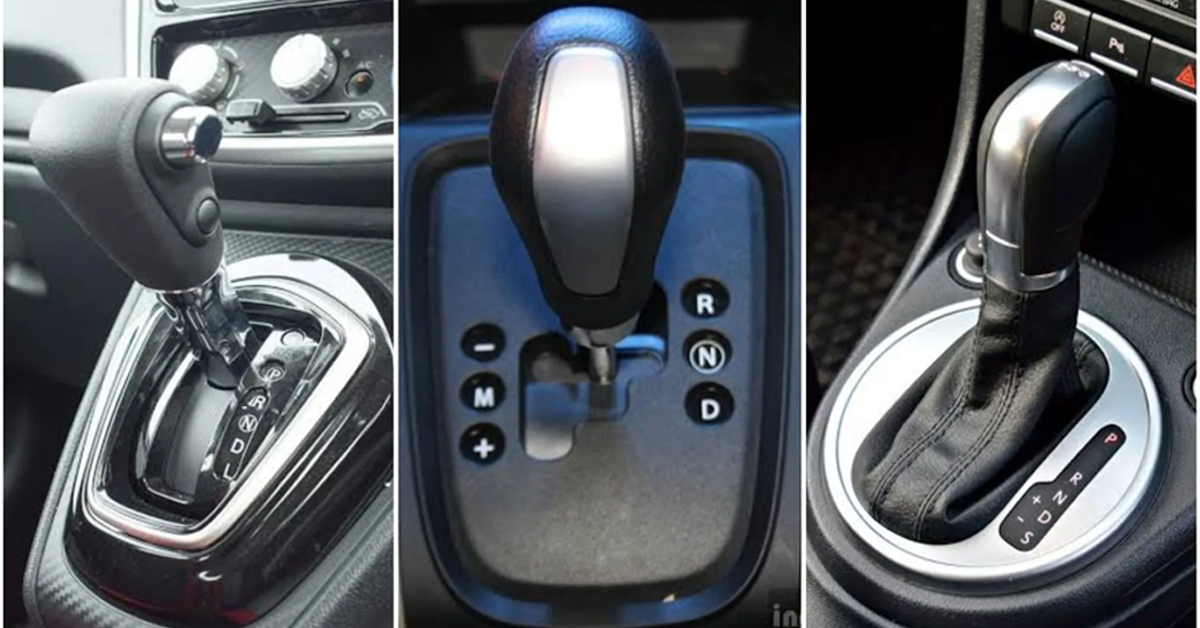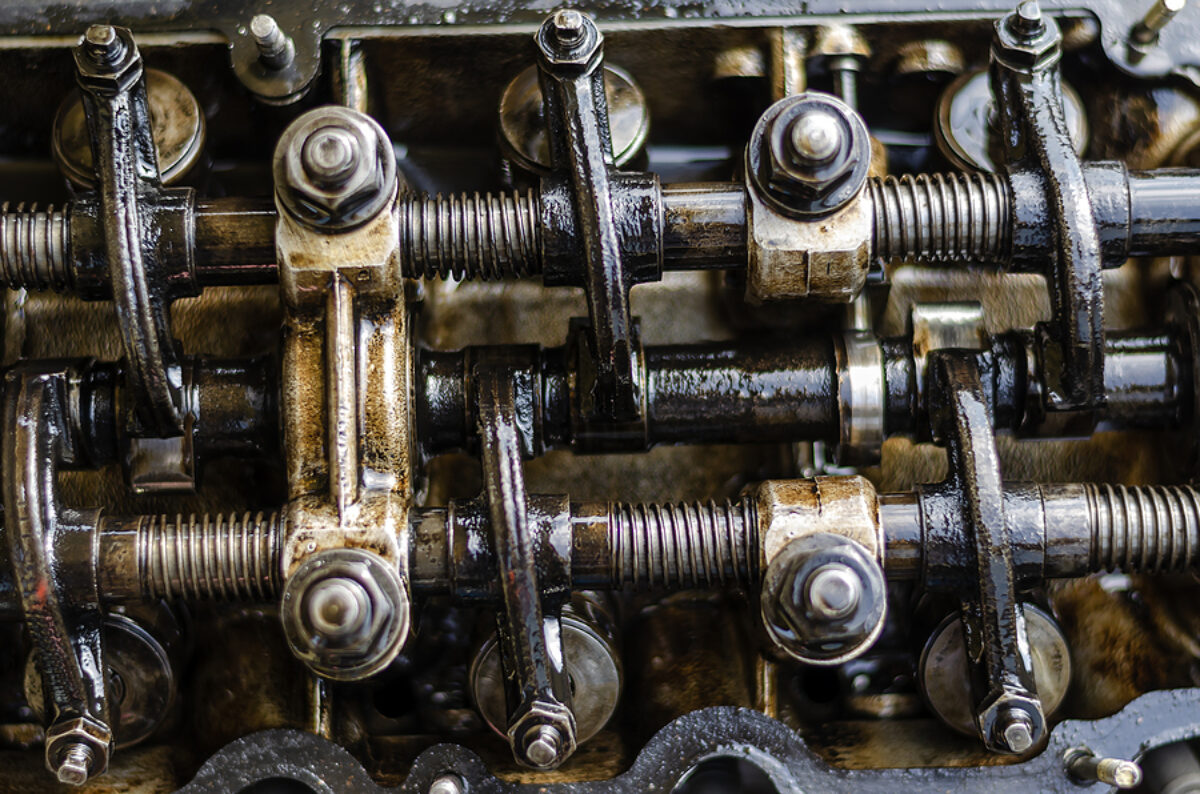Automatic gearboxes are becoming an integral aspect of the car industry. It is due to the level of convenience they bring to otherwise inconvenient and hectic lifestyles. CVT and DCT transmissions are the two popular automatic transmissions because they give a smooth and cost-effective ride. Both gearboxes significantly impact the ride quality and fuel economy of your vehicle. Take a look at what makes them different from each other.
Transmissions, also known as gearboxes, feature several gears that the system “shifts” between as it distributes power. The best automatic cars in India depend on a computer to modify gears as needed. But a manual transmission allows the driver to choose when to transfer speeds.
CVT or Continuously Variable Transmission
The CVT provides a comparable driving experience similar to the automatic transmission. However, it runs on a different principle. The CVT does not have any gears at all. Instead, it uses a belt and pulley system to generate the required number of ratios. There are some of the best automatic cars in India with this transmission mechanism.
The computer present in the automobile determines how to modify the pulleys. This is to ensure you get the best ratio for any driving scenario. The major benefit of the CVT is fuel economy. A CVT offers higher MPGs than any other gearbox type.
CVTs are less likely to fail and incur costly repairs than automatic transmissions because they are less sophisticated. Nevertheless, they have a subjective and most note-worthy flaw: the driving experience. CVTs may make a devoted driver feel like they’re operating a machine rather than a vehicle. It is mainly the absence of gearshifts that provides only smooth and continuous acceleration.
Due to its use of belts and pulleys rather than gears, the CVT remains the most fuel-efficient transmission mode. It is the one that results in an optimal torque. This is useful in traffic stop-and-go situations.
DCT or Dual Clutch Transmission
DCT, or dual-clutch gearbox, is a fascinating piece of technology. It is a little on the heavy side due to the numerous moving parts and gears. Consider the situation of a DCT with six gears. It contains two clutches to manage the even and odd gear ratios. Here, the first clutch is in charge of the odd gear ratio.
It also includes two transmission shafts that govern the gear ratios, with the odd one within the even. It is also the longer one. It also features a component called a dog clutch. It is present near the gear and engages when the gear ratio for that gear needs it.
ECU engages gear one when the car activates, and you start the engine. This is when you turn on the drive mode. This implies the first clutch and the first gear’s dog clutch will engage. The fascinating thing is that the dog clutch for the following second gear starts to work.
However, it will not rotate its shaft since the clutch for it does not engage itself to work. The main and the dog clutches are the two types of clutches. This process continues, and this is how a dual-clutch transmission functions.
The comfort and efficiency of the driver are the main benefits of DCT transmission. Since the gear switch is so smooth, you won’t feel a jolt while shifting gears. Furthermore, it is more efficient because there are no interruptions in transmission.
People who like manual transmissions for fuel efficiency may easily pick this up and drive. DCT is also the fastest; you will mainly find it in high-end automobiles and racing vehicles.
CVT And DCT Transmissions: What Should You Choose?
Are you confused between CVT and DCT? A CVT is the way to go if you’re looking for efficiency. It is an excellent choice since it has more efficiency than the other two systems. In addition, it has fewer moving parts with nearly no downtime.
However, some individuals may not like the CVT transmission. It is mainly because they expect the car to produce output while driving to enjoy the experience fully. However, if you need to move from point A to point B in a car, consider a CVT.
If you like the experience of changing gears and receiving an output from the automobile, DCT is the best one. It also provides better acceleration. It is efficient on its own. However, it falls short when you compare it to the CVT.
It’s more expensive and only higher-end cars come with DCT transmissions. But it’s definitely worth it if you want speed and smooth rides with a dash of fuel economy. Therefore, CVT and DCT both can meet your expectations depending on your requirement.
Since the majority of its design is simple, the CVT automatic is less prone to breakdowns and costly maintenance. In comparison to the DCT transmission, CVT requires inexpensive service as it has lower production costs. CVT components are also more expensive than DCT automatic parts when you need to replace them.
So, are you looking for genuine parts for the CVT and DCT transmissions? Look no further than CarOrbis. They are an authentic auto parts online marketplace. They have a huge variety of accessories for cars in their store to meet your requirements efficiently.
Also Read: Are Vehicle Signages Important On Roads?



